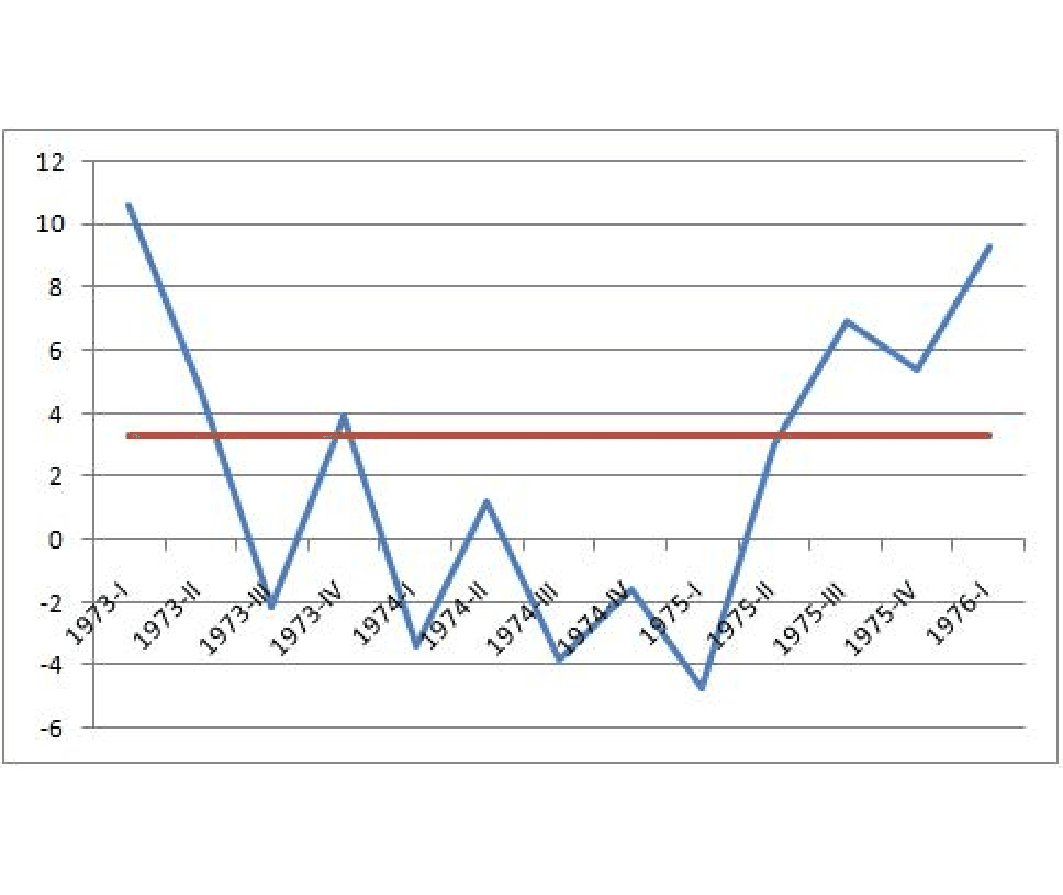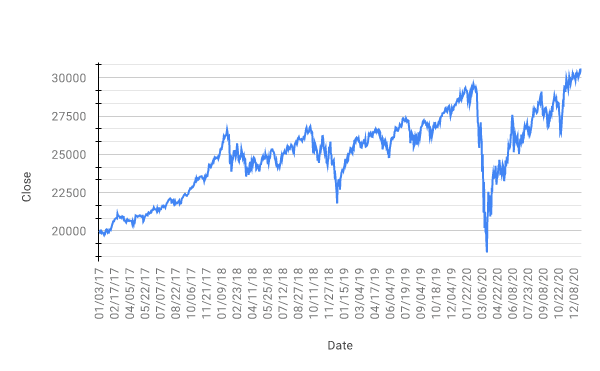Recent market turbulence has sparked concerns about a potential downturn, but it’s essential to differentiate between a temporary correction and a bear market.
Understanding the nature of these fluctuations and their recovery patterns can help investors navigate through the current volatility with a clearer perspective.
This article provides insights into what happened on Monday 5th of August 2024 and outlines strategies to stay informed and resilient.

On Monday 5th of August 2024, global stock markets experienced sharp declines across major indices.
This reported market turmoil was driven by a combination of factors, including reported weaker-than-expected jobs data in the United States, fears of a potential recession, and concerns over the Federal Reserve’s interest rate policies which have been on the minds of many for some time now. Compound this with Japan’s central bank deciding to tighten monetary policy which caused bond yields in Japan to fall sharply which then triggered record declines in Japan’s three largest banks wiping $85 billion from their market value over a two day period.
The reporting on this news has therefore resulted in the Nasdaq index falling by 6.3%, while the Dow Jones and S&P 500 also saw declines. The Nikkei 225 in Japan experienced its worst day since Black Monday in 1987, falling by 12.4%.
This also affected European markets where the FTSE 100 index in the UK suffered its worst drop in over a year by 2.5% in early trading, Germany’s DAX index also saw declines by approximately 3% and the CAC 40 in Paris closed 1.4% lower, reflecting the broader market apprehensions.
During this period of reported market turbulence, it is crucial to maintain perspective and not succumb to panic selling or doomsday journalism. Journalists love this sort of news as they can use emotive phrases and taglines with the main objective to obviously sell stories.
The current negative outlook being mentioned can be attributed to negative sentiments spurred by investment bank economists who believe the Federal Reserve has been overly restrictive with interest rates. This sentiment, rather than underlying global economic considerations, has fueled yesterdays (5th of August 2024) downturn. Only 24 hours later more sobering analysis and reaction from markets is taking place.
We believe that there exist several reasons not to expect a US recession, even with softening financial data.
When inevitable market corrections occur these are typically short-lived and present valuable buying opportunities for savvy investors.
As we can already see after Monday’s apparent downfall of the global economy, the Japanese Nikkei 225 saw on Tuesday 06/08/2024 a big jump by 10.23%, it’s biggest gain in a single day, the FTSE 100, DAX and CAC 40 are also all showing early signs of recovery.
It’s important to stress that this isn’t a bear market – it’s a one-day correction, of which there have been hundreds over time.
A bear market is defined as the period from a peak to trough, with at least a 20% decline in the S&P 500 (or equivalent) index price. The S&P 500 was down by 3% yesterday (05/08/2024), far from the 20% threshold that characterises a bear market.
This is why it is important to understand the potential recovery styles. There are two primary recession styles:
Both U-shaped and V-shaped recoveries start with a sharp decline, but they differ in the recovery phase.With a V-shaped recovery, the economy quickly rebounds after a brief downturn. In contrast, a U-shaped recovery involves a prolonged period of economic stagnation at the bottom before a gradual recovery begins.
Historically we can compare these recoveries based on these historical occurrences:
U-shaped Recovery = The 1973–75 recession in the US

V-shaped Recession = The First Two Months of Covid 19

Do you Need Expert Investment Advice?
In light of these insights and reports, we would recommend to adopt a calm and strategic approach during these volatile market periods.
Rather than instantly reacting to the current market fluctuations with emotion, consider the following actions:
We should remember the following as well:

When analysing live events such as the one we are witnessing, we can look to similar occurrences that have happened in the past to determine potential outcomes.
From a historical perspectives, when markets experiences these sudden sharp declines, after a certain period of time, there have seen strong-long term gains.
As we previously mentioned, this current market correction is not the beginning of a bear market but we are using the historical proof to highlight that even if the situation may seem bleak right now, more positive outcomes are just round the corner.
Market corrections are a natural part of the investment landscape and often pave the way for future growth.
By avoiding panic selling, not letting us succumb to our natural emotions/instincts and staying informed about key economic indicators, it is possible to navigate these periods of fluctuations with confidence.
Remember, history has shown that markets are resilient, and downturns are often followed by recoveries.
Let’s stay positive and focused on the long-term potential of our investments.

We’ve Moved Offices on 1st August 2025!
Private Client Consultancy is excited to announce that we have moved to a brand-new office space, designed to better serve our clients and reflect our continued growth.
Effective Date: Friday, 1st August 2025
New Address: Urb Jazmin De Miraflores, C. Jazmín, 2, Mijas Costa 29649, Malaga, Spain
Our phone numbers and email addresses remain unchanged.
All in-person meetings scheduled from 1st August onwards will take place at our new location. Please update your records accordingly.
We look forward to welcoming you to our new space!
Get notified about new articles, latest changes and much more